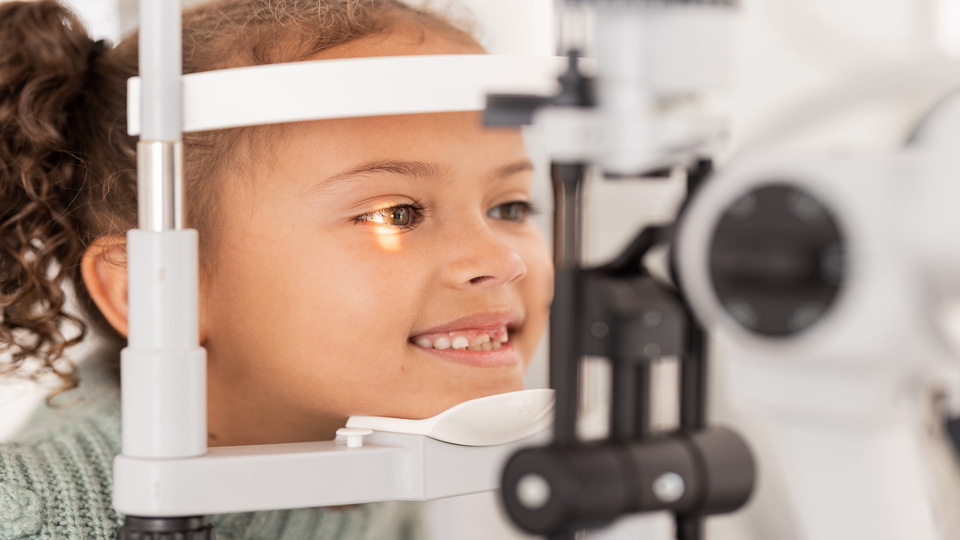Sunglasses and Eye Safety: More Than Just a Fashion Statement
17/10/2025

02/05/2025
The first years of life are crucial for the development of vision in children. A newborn’s vision is blurry and beyond the first 6–7 years of age, it develops up to 10 years of age, where it is fully formed.In order not to underdiagnose visual problems, the American Academy of Ophthalmology and American Association for Pediatric Ophthalmology and Strabismus recommend several screenings:
Between 6 to 12 months, we need to see again the tests mentioned before, and we can assess the alignment and normal movement of the eyes and normal evolution of the visual development.
Since the year to 36 months, if there is any suspicion of bad development of the vision, we can rule out lazy eye or refractive issues. But the most important thing is to perform a comprehensive eye exam, performed by an ophthalmologist before 5 years of age.
This evaluation needs to include:
Surprisingly, children rarely complain of bad vision, probably because they don't know what normal vision is for other people, and they are able to adapt perfectly, even with very bad vision.
Another problem that we face in children is the possibility of having a lazy eye. Lazy eye or amblyopia consists of poor vision development in one or both eyes. This can be solved in childhood, before 6–7 years of age — but after this period, there is no effective solution.
For consultation, please contact us:
Our team will be pleased to assist you.